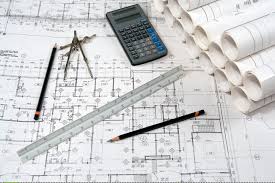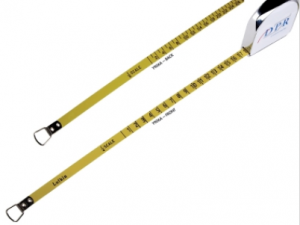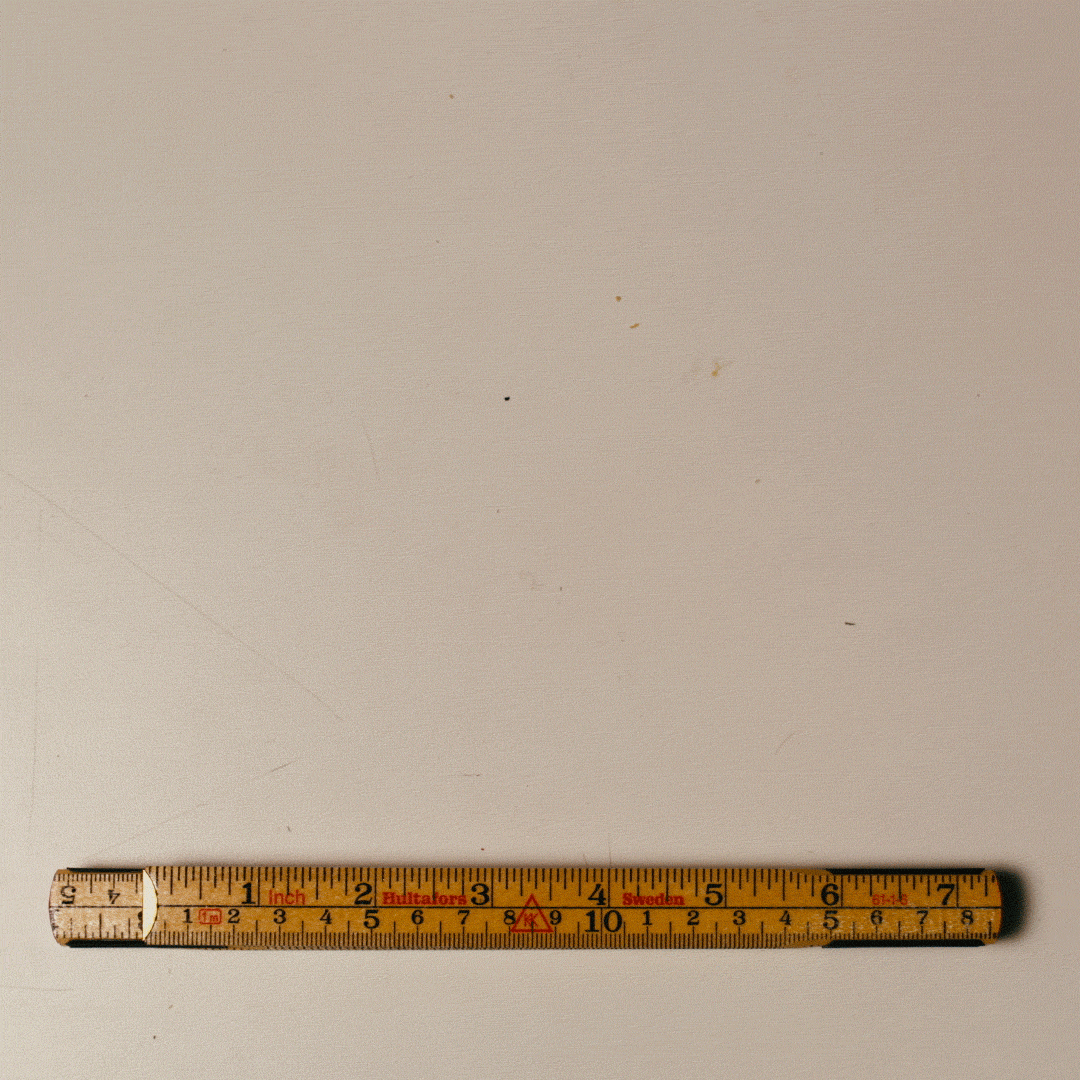An Architect Scale Ruler is one of the first tools you will need to design your

dream home. A special computer design program is another tool. But, when you print out your initial design, a architect scale ruler is absolutely necessary to see the measurements. If your printout, or blueprint, is in a 1/8 scale, you would use the 1/8 edge of the ruler. If it is 1/4 scale,

then use the 1/4 scale of your tape. You then read the number of feet that the ruler shows you. This will help you to design areas that are large enough to fit your appliances like a washer and dryer, and refrigerator. You can also cut out models of your furniture, and move them around in different configurations. It’s much easier now, than after the house is built. Have fun!











